If you’re looking for cryptos to buy or have already bought cryptos, you’ve most likely heard about the FTX crash. Or, the “regulated” cryptocurrency exchange that went bankrupt last month. Granted, minor exchanges and crypto projects go bust all the time, but what makes this ordeal alarming is that FTX.US, licensed and regulated in the U.S., also filed for bankruptcy. Not only that, but BlockFi also went bankrupt, which is a U.S.-based licensed exchange.
That’s terrible news because crypto exchanges operate similarly to banks but with much more volatility. And, to be frank, much less accountability. That means a breach of trust in a regulated exchange such as FTX.US can have ripple effects on other exchanges. Once customers start withdrawing en masse, these exchanges will not be able to fulfill their obligations as they do not have enough liquidity.
Moreover, many of these crypto exchanges hold enormous amounts of digital assets as collateral. Selling them to cover withdrawals and raise liquidity will devalue them even more. It is clear that digital assets simply don’t work as collateral since, unlike real currencies, the exchanges themselves own a significant stake in these digital assets. Of course, no one wishes to get caught up in such a death spiral, and many are rightfully moving their assets out of these risky exchanges.
Nevertheless, investors are still looking for more cryptos to buy. If you’re one of them, you can take advantage of this by investing in safer cryptos. After all, there are solid projects that can benefit from FTX’s downfall because of their utility and long-term fundamentals. The following are 25 such cryptos to buy:
Bitcoin (BTC-USD)
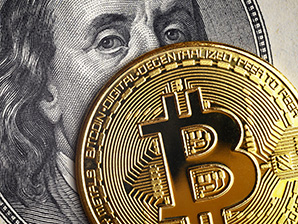
Source: Viacheslav Lopatin / Shutterstock.com
The safest among the cryptos to buy is Bitcoin (BTC-USD) by a wide margin. If crypto investors want stability, BTC is likely the first asset that’ll come to mind. As a result, Bitcoin will benefit from an inflow of funds when assets are withdrawn from exchanges. Moreover, Bitcoin is compelling to newbie investors due to its popularity and longevity. Thus, the FTX fallout certainly benefits BTC the most.
April 2024 will also be interesting for Bitcoin as mining rewards will be halved. Since Bitcoin is a proof-of-work (or PoW) blockchain, computing power is required to verify transactions on the network, and people who provide all that computing power (i.e., miners) receive BTC as a reward. These mining rewards are the only way new Bitcoins can be added to the circulating supply pool, and the value of Bitcoin will likely rise when it is halved.
Furthermore, Bitcoin’s supply is well distributed. The largest holder of BTC, Binance, only holds around 2% of the supply. Its safety and popularity, combined with the halving, present excellent prospects in the long run.
Ethereum (ETH-USD)

Source: Filippo Ronca Cavalcanti / Shutterstock.com
Ethereum (ETH-USD) is another obvious choice among cryptos to buy that will benefit from the FTX fallout. The Ethereum blockchain is spearheading blockchain development through regular upgrades and finding new use cases for crypto. Not only that, but the Ethereum blockchain also hosts ERC20 tokens, many of which are significant projects themselves. These ERC20 tokens need ETH to operate and ensure that Ethereum won’t be irrelevant anytime soon.
Additionally, the network is now proof-of-stake (or PoS), meaning mining ETH is no longer possible. This has reduced the new issuance of Ethereum by 84% and will positively impact the price of ETH in the long run. However, the most significant tailwind for Ethereum is its decentralization and security. Unlike many other PoS projects, Ethereum does not sacrifice speed for security, which is why the network is very stable and secure. As investors pull out of centralized crypto exchanges, Ethereum will undoubtedly be among their top choices for cryptos to buy.
Paxos Gold (PAXG-USD)

Source: WHYFRAME / Shutterstock.com
Paxos Gold (PAXG-USD) is a gold-backed cryptocurrency project which defies the sentiment that cryptos aren’t backed by anything. Of course, that is true for the overwhelming majority of crypto tokens, but not PAXG.
“Each PAXG token is backed by a fraction of a piece of London Good Delivery gold bar, stored in Brink’s gold vaults, which is the approved storage company by the London Bullion Market Association.”
As a result, PAXG does not trade in correlation with the crypto market. While flash crashes may wipe out 10% of Bitcoin or Ethereum’s market capitalization, Paxos Gold won’t be affected.
Loopring (LRC-USD)

Source: Vladimir Kazakov / Shutterstock.com
Loopring (LRC-USD) is a decentralized exchange protocol that allows users to trade digital assets without trusting a third party. It’s built on a high-performance blockchain, and its smart contracts are designed to be secure and to offer users an efficient and user-friendly trading experience. As centralized exchanges face scrutiny, Loopring is set to benefit from the uncertainty.
Loopring is designed to be a secure and highly scalable protocol, and its token, LRC, is used to pay fees on the platform. The protocol is also designed to be interoperable so that users can trade across different blockchains. The protocol has several advantages over other exchanges, including its low fees, atomic swaps, and ability to scale to handle high trading volumes. With its robust security features, low fees, and high scalability, Loopring is a great choice for those looking to benefit from the FTX fallout.
Litecoin (LTC-USD)
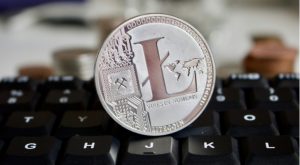
Source: Shutterstock
Litecoin (LTC-USD) is one of the world’s oldest and most popular cryptocurrencies. It was created in 2011 as a fork of Bitcoin and is designed to be a more efficient and faster way to make transactions. The recent MimbleWimble upgrade also added private transactions on the Litecoin blockchain, increasing its functionality.
Litecoin is designed to be a payment system, and its low fees and fast transactions make it attractive to those who want to take advantage of the FTX fallout. In addition, Litecoin is one of the most secure cryptocurrencies, with a hash rate of 557 TH/s. Litecoin is also one of the most liquid cryptocurrencies, and its price is highly correlated to Bitcoin. This makes it a great choice for those looking to diversify their portfolios while benefitting from the FTX collapse.
Cardano (ADA-USD)

Source: Stanslavs / Shutterstock
Cardano (ADA-USD) is a blockchain platform designed to be a secure, scalable, and efficient way to make transactions. It’s also an open-source platform allowing developers to build decentralized applications on top of it. Cardano’s native token, ADA, is used to pay fees on the platform and is a reliable and secure way to make payments.
Conversely, this project’s ambitions aren’t realistic in the short term. I expect Cardano to achieve significant gains in value once its Africa project gains momentum. But there needs to be more information about Cardano’s plans in Africa, and more work is required on the ground to bring the project to fruition.
As of now, Cardano remains compelling for investors due to its Africa strategy. However, in my opinion, it is more of a PR campaign since little is done to implement these plans. Still, the reputation of this project is solid, and I don’t doubt its long-term upside potential.
Chainlink (LINK-USD)
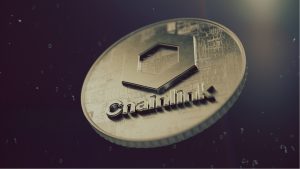
Source: Gorev Evgenii / Shutterstock.com
Chainlink (LINK-USD) is a decentralized oracle network that connects smart contracts to real-world data. It’s designed to be a secure and reliable way to connect off-chain data to smart contracts, and its native token, LINK, is used to pay fees on the platform.
New use cases for the blockchain are found frequently, and many of these use cases require real-world data to be fed into the blockchain. The Chainlink project makes this task easy and is compatible with Ethereum. Of course, LINK is a more speculative investment. It relies more on future assumptions but is still essential. Many crypto big names use Chainlink for price feeds and displaying blockchain data. Thus, it will remain relevant and correlate with the broader crypto market.
Ripple (XRP-USD)
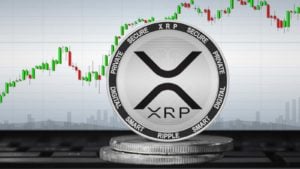
Source: Shutterstock
Ripple (XRP-USD) seeks to integrate the blockchain with the traditional banking system. I consider XRP to be a great investment as many banks already use it, albeit in a limited capacity.
However, Ripple’s XRP is riskier thanks to a lawsuit with the U.S. Securities and Exchange Commission (SEC). The suit is critical for Ripple and the entire crypto industry, as the judgment will define whether or not most cryptocurrencies are considered securities. The company filed a final submission this week, and the uncertainty is considerable.
While Ripple’s assertion of the SEC’s failure to provide evidence of the sale of XRP being an “investment contract” is sound, it is still difficult to win a case against a federal agency. Conversely, many countries are analyzing central bank digital currencies (or CBDCs) to boost cashless transactions. Ripple’s network is at the forefront of these analyses. Thus, the long-term potential remains significant, and the SEC lawsuit is already discounted in XRP’s value to some extent.
Algorand (ALGO-USD), Solana (SOL-USD) and Avalanche (AVAX-USD)

Source: Rcc_Btn / Shutterstock.com
Algorand (ALGO-USD), Solana (SOL-USD), and Avalanche (AVAX-USD) share the same purpose, to compete with the Ethereum blockchain. Of course, that is a faraway dream due to the Ethereum blockchain’s prominence and security, but they have one catalyst: speed.
In crypto bull markets, the flow of traffic increases significantly. This increase in transactions causes slower blockchains, such as Ethereum and Bitcoin, to become much more expensive. Thus, projects such as Algorand, Solana, and Avalanche become more compelling for developers.
Conversely, during a bear market, there are much fewer transactions happening on the Ethereum blockchain. This also means that these three projects perform worse during bear markets. Therefore, these “Ethereum killers” are highly cyclical, and buying them during the bear market could provide multi-bagger returns in the next bull market.
Algorand is the best bet among the three cryptos to buy due to its security and speed. Its TPS of 6,000 might not be as high as Solana’s, but that metric becomes irrelevant if users do not use that transaction capacity in the first place. As for security, the Algorand blockchain is superior to Solana and Avalanche. For Solana, the blockchain is still in its “beta phase” and has a record of facing outages. Meanwhile, high transaction volumes crippled the Avalanche blockchain last year.
Stellar (XLM-USD)

Source: Shutterstock
Stellar (XLM-USD) has a similar premise to Ripple but is more decentralized. Although it has partnerships with banks, the project focuses more on peer-to-peer transactions involving both digital and fiat currencies.
Stellar’s primary selling point is that it does not suffer from a lawsuit. It is a nonprofit open-source platform, and the SEC hasn’t raised any concerns. However, the downside is that Stellar isn’t as significant as Ripple. The stability of the project will also bring undersized returns.
Regardless, around 800 institutions are using Stellar’s technology to some extent. That requires a lot more recognition considering relatively useless projects such as Shiba Inu (SHIB-USD) are valued two times higher.
Filecoin (FIL-USD) and Storj (STORJ-USD)

Source: knipsdesign/shutterstock.com
Filecoin (FIL-USD) and Storj (STORJ-USD) are decentralized storage platforms that allow users to store data securely and cheaply. Both of the projects aim to make blockchain-based cloud storage popular by making their services cheaper than their centralized counterparts.
Many companies with cloud segments are reporting promising numbers. The cloud storage industry is accelerating quickly, and I believe blockchain-based cloud storage won’t be left behind. Companies that offer cloud services are seeing these services become their primary growth driver. Thus, investors shouldn’t sleep on cloud-related assets.
Both Filecoin and Storj are under-the-radar projects with multi-bagger prospects. Clients want security, stability, and non-censorship; these two projects provide both.
Monero (XMR-USD)

Source: Shutterstock
Monero (XMR-USD) is one of the most popular and secure cryptocurrencies for transferring money. It is a privacy-oriented digital asset with a strong focus on being fungible. That means that after a transaction, no one can identify it by linking it to other transactions. Each transaction will be treated as a “new” one and remain untraceable.
However, the project is quite controversial. It is a popular option for people looking to launder money or for drug dealers. But it is also why it is very popular for legitimate reasons, such as wanting to avoid having your salary or transactions tied to your identity. You can also use Monero to pay for online services or goods without worrying that your credit card or bank account details will be stolen. If crypto becomes a mainstream payment option, Monero is set to be among the biggest beneficiaries.
One might wonder why a project with limited transparency benefits from the FTX collapse. Monero’s decentralization is the best explanation, as it encourages solo mining with its GUI software. Thus, even though the Monero blockchain disallows scanning wallets, its decentralization more than makes up for it in security.
Basic Attention Token (BAT-USD)

Source: Stanslavs / Shutterstock
Basic Attention Token (BAT-USD) is an altcoin with a strong focus on democratizing Internet services and granting users control over their privacy. The Brave browser is the primary distribution source for these tokens; you can earn or buy them. Naturally, you won’t get a meaningful amount if you choose to earn them by allowing ads on the Brave browser.
Although it has a lot of promise, there are several concerns about the project, such as how they plan to distribute and reward users who use its platform. BAT is an ERC20 token, so the fees are sometimes high enough to make it unprofitable to move them to another wallet. Moreover, since BAT runs on Ethereum’s blockchain, it has very little flexibility within its ecosystem and can only be used for decentralized advertisement. And, to some extent, a means of payment.
Regardless, the browser’s usage is growing, which can attract advertisers. If you believe decentralized advertising will be the next big trend, BAT is a fine choice if you are looking for cryptos to buy.
Bitcoin Cash (BCH-USD), Bitcoin SV (BSV-USD), and Bitcoin Gold (BTG-USD)

Source: Shutterstock
This fork of the original Bitcoin blockchain was created due to disagreements between developers. Bitcoin Cash (BCH-USD) has a lower transaction fee than Bitcoin, making it more suitable for daily transactions. However, 2022 could be better for this coin as it is at $110 compared to $166 during the pandemic crash.
Still, the BCH network is growing steadily, and it has a strong focus on security and scalability. Moreover, BCH is open-source, and anyone can contribute to the development of this blockchain. This decentralized system avoids a centralized authority, making it more appealing after the FTX collapse.
On the other hand, Bitcoin Satoshi Vision (BSV-USD) and Bitcoin Gold (BTG-USD) are lesser-known forks of the Bitcoin blockchain. Bitcoin SV aims to “fulfill” Satoshi Nakamoto’s vision by increasing scalability and adding smart contracts. Bitcoin Gold is something I recommend if you are looking for cryptos to buy to diversify into a PoW coin not tied to a centralized authority.
Uniswap (UNI-USD)

Source: Shutterstock
Uniswap (UNI-USD) is the governance token of the most popular Ethereum-based decentralized exchange. Decentralized exchanges such as Uniswap are much safer than centralized exchanges and more resilient to attacks. Thus, when centralized exchanges are under scrutiny, decentralized exchanges will benefit the most. Accordingly, after the FTX bankruptcy, Uniswap’s volume surged to $34 billion in Nov. from $19 billion.
If you believe that other big-name exchanges will collapse in this recessionary environment, UNI is the go-to asset. Moreover, as the Ethereum ecosystem grows, so will Uniswap. There are currently 714,200 ERC20 tokens on the Ethereum network, and Uniswap is now the safest bridge for swapping these tokens. Furthermore, the token’s performance is surprisingly stable, maintaining a market cap of $4.75 billion. More than $3.5 billion worth of assets is locked in the exchange.
NEAR Protocol (NEAR-USD)
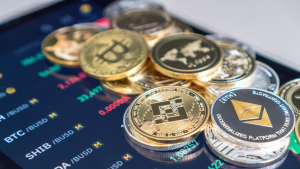
Source: Chinnapong / Shutterstock
NEAR Protocol (NEAR-USD) is a decentralized PoS blockchain that aims to simplify the blockchain. It is a very ambitious project that is still under the radar and could see a surge similar to what Solana experienced last year.
First, the cloud computing platform makes the blockchain more user-friendly by using human-readable account names. Secondly, Near Protocol can process up to 100,000 transactions per second using its own sharding technology. It has fees near zero, and transactions are almost instantaneous.
Conversely, crypto venture capital firms have a lot of investments and influence in this project. So while Near Protocol can easily be a multi-bagger investment in the long run due to its technology, investors do need to sacrifice some security. Thus, this is a riskier play among this cryptos to buy list.
r/Cryptocurrency Moons (XMOON-USD)
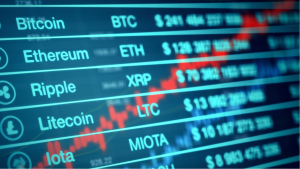
Source: lucadp / Shutterstock
If you are familiar with the r/Cryptocurrency subreddit, you’ve likely heard of Moons (XMOON-USD). This is the native community token of the r/Cryptocurrency subreddit, which has 5.9 million members. Reddit distributes these tokens each month to subreddit contributors.
The most significant upside catalyst for XMOON is that it can get listed on big-name exchanges. That may sound counterintuitive, considering you wish to avoid exchanges. However, due to its emphasis on community, exchanges own very little of the XMOON project. Many exchanges are active on the r/Cryptocurrency subreddit to help users and will likely be compelled to list the token if it gains more popularity. It could also gain more value once Reddit goes public.
On the contrary, the XMOON token does not have any utility. It is simply a token that rewards Reddit contributors. But I still believe it deserves a higher valuation as the subreddit’s prominence will keep it relevant for a long time.
Nano (XNO-USD)

Source: Lucio Libanori / Shutterstock.com
Nano (XNO-USD) is a very interesting project that few investors looking for cryptos to buy know about. While almost all blockchains require fees for transactions, the Nano blockchain allows feeless payments that are practically instantaneous. It is also very scalable to Nano’s peer-to-peer blockchain block-lattice architecture. Simply put, it provides the user-friendly technology someone new to crypto expects to use.
The biggest drawback to the Nano project is that it lacks smart-contract functionality. This crypto project is solely designed to be a payment system and has very little utility outside of it. However, if it either adds these functionalities or crypto becomes a widely used payment method, I expect XNO’s value to surge.
Nonetheless, Nano will benefit from centralized exchanges facing scrutiny. Crypto users often use centralized exchanges to transfer cryptocurrencies for free. Nano quickly becomes one of the top choices for gasless payments when that option becomes unreliable.
Polygon (MATIC-USD)
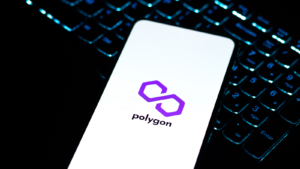
Source: sdx15 / Shutterstock.com
Polygon (MATIC-USD) is another cyclical asset that will do exceptionally well in a future crypto bull market. However, the difference here is that Polygon is not trying to compete with Ethereum, nor does it have its own blockchain. Instead, the project is Ethereum-based and aims to improve the Ethereum blockchain’s speed.
The Polygon project is a layer 2 scaling solution and runs on top of the main Ethereum network. Of course, there’s a lot of competition here as many projects are working to solve Ethereum’s scalability problem. But the crypto project is also improving interoperability between blockchains. Polygon offers almost every scaling solution possible, making it a very flexible blockchain project.
Therefore, MATIC is definitely among the cryptos to buy if you are more interested in pure tech plays. It definitely is less popular for front-end users, but blockchain developers will keep the project relevant for years to come. It is also decentralized and isn’t owned in large part by centralized exchanges.
Secret (SCRT-USD)

Source: FellowNeko / Shutterstock.com
Secret (SCRT-USD) is among the cryptos to buy if you want a project similar to Monero but with more upside. The Secret blockchain allows its users to mint NFTs that are entirely “secret.” That means only the owner of the NFT(s) can view their contents. It is an exciting technology considering new use cases for smart contracts are found regularly. The Secret blockchain can add a layer of confidentiality to them, while PoW cryptos like Monero can’t.
Regardless, stick with Bitcoin and Ethereum unless you want to gamble a small chunk of your portfolio for much higher gains. It is impossible to find any other altcoin other than Ethereum that can be considered “safe,” as exchanges still have large stakes in these tokens. The first two assets in this cryptos-to-buy list will provide enough safety and relevance to benefit from centralized exchanges facing scrutiny. The rest also do but are primarily inclined toward the risk-takers.
On Low-Capitalization and Low-Volume Cryptocurrencies: InvestorPlace does not regularly publish commentary about cryptocurrencies that have a market capitalization of less than $100 million or trade with a volume less than $100,000 each day. That’s because these “penny cryptos” are frequently the playground for scam artists and market manipulators. When we do publish commentary on low-volume crypto that may be affected by our commentary, we ask that InvestorPlace.com’s writers disclose this fact and warn readers of the risks.
Read More: How to Avoid Popular Cryptocurrency Scams
On the date of publication, Omor Ibne Ehsan did not have (either directly or indirectly) any positions in the securities mentioned in this article. The opinions expressed in this article are those of the writer, subject to the InvestorPlace.com Publishing Guidelines.
Read More: news.google.com

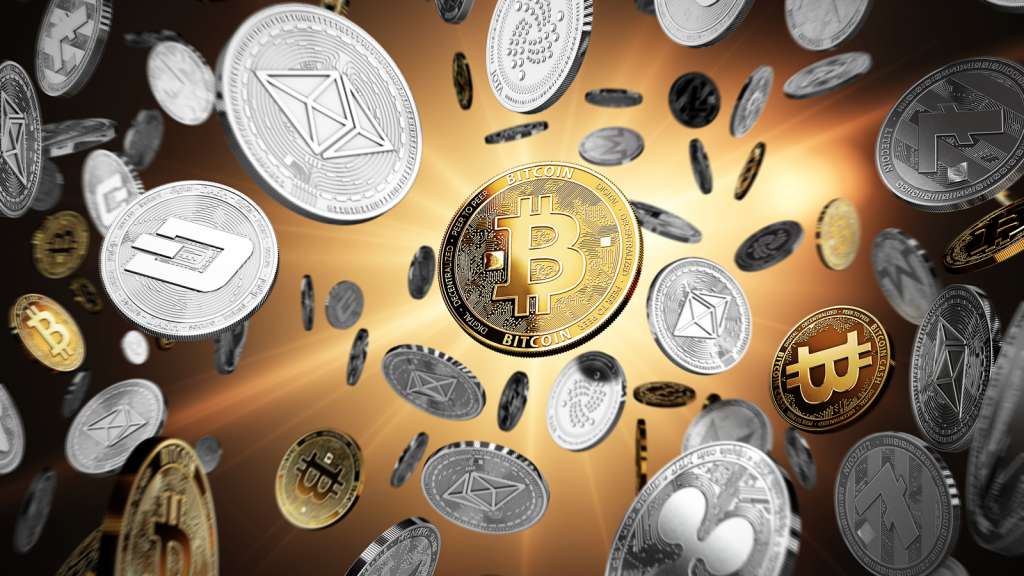


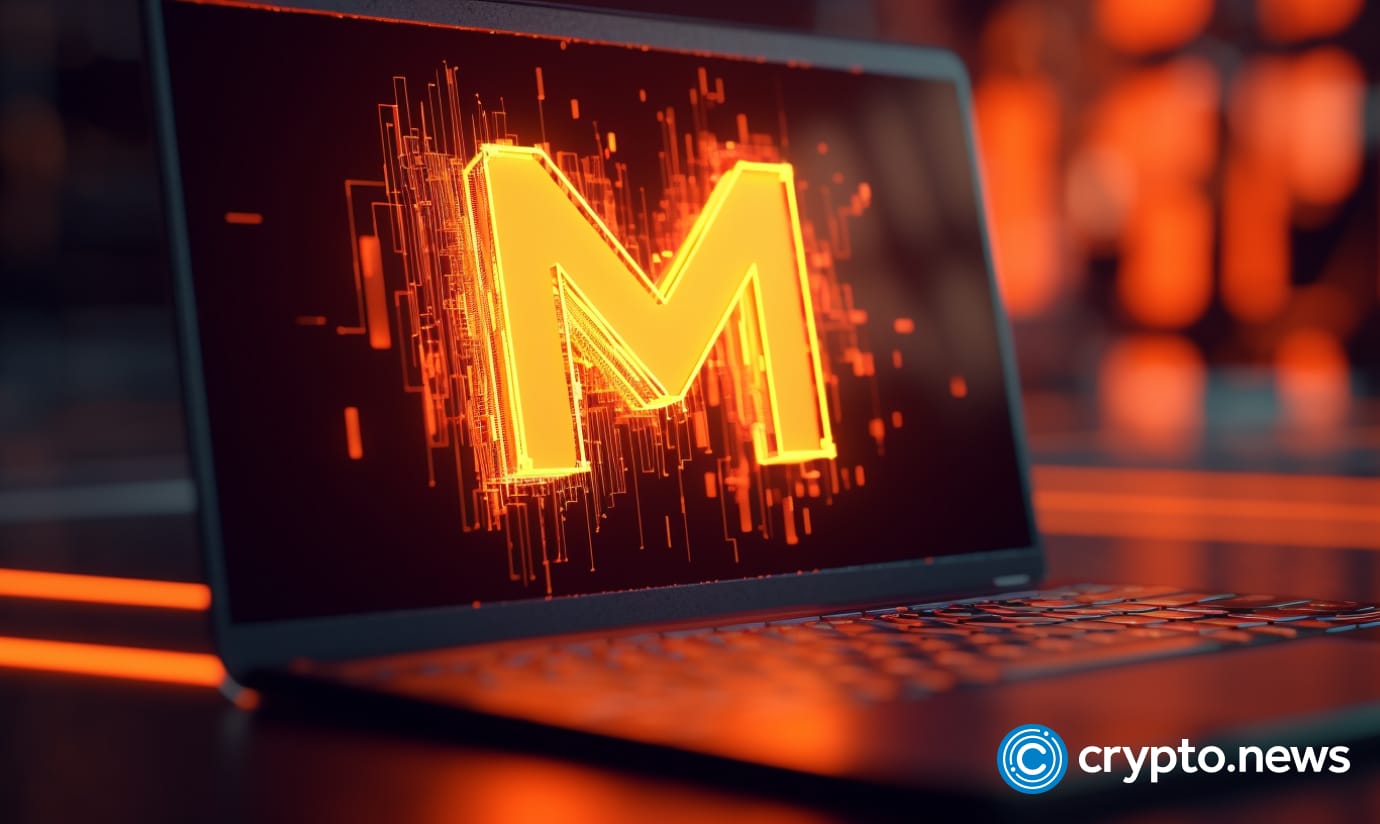
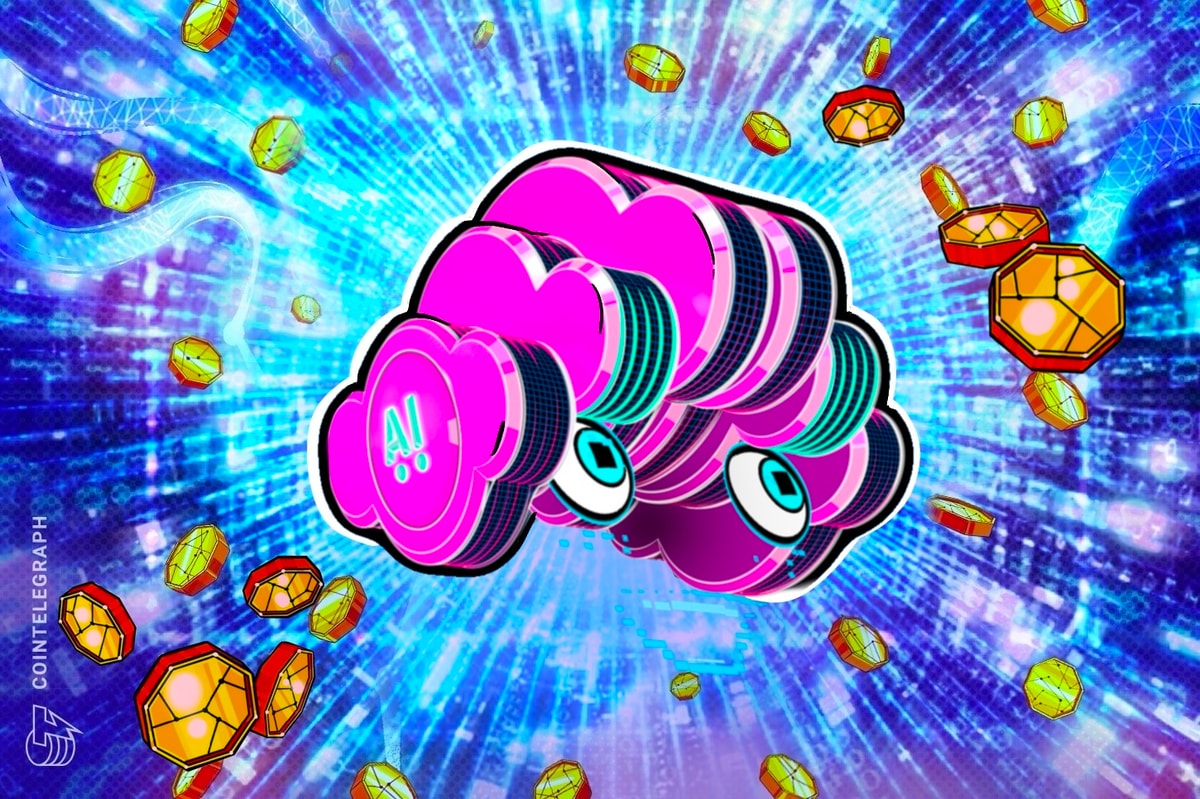
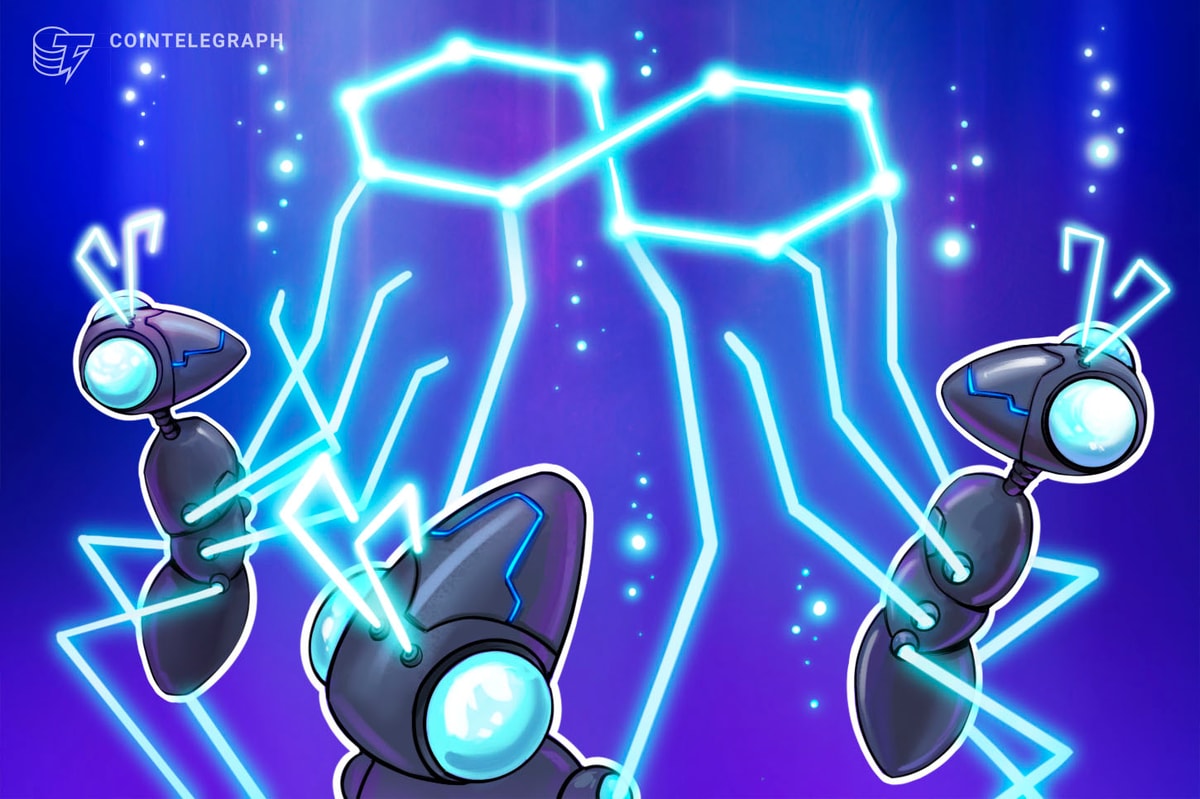


 Bitcoin
Bitcoin  Ethereum
Ethereum  Tether
Tether  XRP
XRP  Solana
Solana  USDC
USDC  Dogecoin
Dogecoin  Cardano
Cardano  TRON
TRON  Lido Staked Ether
Lido Staked Ether  Wrapped Bitcoin
Wrapped Bitcoin  Hyperliquid
Hyperliquid  Sui
Sui  Wrapped stETH
Wrapped stETH  Chainlink
Chainlink  Avalanche
Avalanche  Stellar
Stellar  Shiba Inu
Shiba Inu  LEO Token
LEO Token  Bitcoin Cash
Bitcoin Cash  Hedera
Hedera  Monero
Monero  Toncoin
Toncoin  Litecoin
Litecoin  WETH
WETH  Polkadot
Polkadot  USDS
USDS  Bitget Token
Bitget Token  Wrapped eETH
Wrapped eETH  Binance Bridged USDT (BNB Smart Chain)
Binance Bridged USDT (BNB Smart Chain)  Pi Network
Pi Network  Pepe
Pepe  Ethena USDe
Ethena USDe  WhiteBIT Coin
WhiteBIT Coin  Coinbase Wrapped BTC
Coinbase Wrapped BTC  Aave
Aave  Dai
Dai  Bittensor
Bittensor  Uniswap
Uniswap  NEAR Protocol
NEAR Protocol  Aptos
Aptos  Jito Staked SOL
Jito Staked SOL  OKB
OKB  BlackRock USD Institutional Digital Liquidity Fund
BlackRock USD Institutional Digital Liquidity Fund  Ondo
Ondo  Cronos
Cronos  Ethereum Classic
Ethereum Classic  Internet Computer
Internet Computer